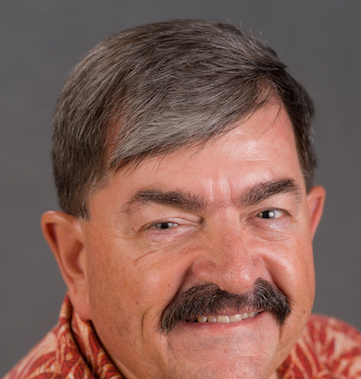JULY 26, 2016 ROTARY IN REVIEW:
Susan Basil King & Sara Dzuik
Two programs in the Twin Cities work in close collaboration with a shared mission: to increase access to college for lower income students and to ensure that they graduate. College Possible and Wallin Education Partners, represented respectively by Sara Dziuk and Susan Basil King, described for the members of Club 10 "America's Degree Divide" and the local efforts being made to address it.
President Chuck Whitaker brought the meeting to order at 12:15 p.m. on a sunny summer day in downtown Saint Paul. Past President and past District Governor Joe Kovarik led the assembled Rotarians in singing Let There Be Peace on Earth accompanied by Doug Hartford on the piano. Nancy Brady provided today's invocation. Mindee Kastelic facilitated the introduction of visiting Rotarians and guests. Today's Greeters were Mindee Kastelic and Shelly Rucks.
President Chuck reminded Club 10 members that today is the deadline to sign up for Club 10 night at the Saints game on August 24th. Interested members need to sign up through the Club website or contact member Sherry Howe directly. He then asked Jay Pfaender to provide a preview of next week's meeting: a notebook, a pen and an applicant (a tutorial on referrals based on the book Convertible Referrals written by next week's speaker, Shaun Irwin). Mindee Kastelic collected Happy Dollars.
David Laird introduced today's speakers, Susan Basil King and Sara Dziuk. David prefaced the program by providing context regarding the population of low income and minority students who need assistance with success in college. He also posed two questions to those in attendance: do you know of another effort that provides a greater return-on-investment? As a leader, what can you do to help these programs succeed?
Today's speakers represented College Possible and Wallin Education Partners. These programs believe every student deserves every opportunity to go as far as their talent can take them. However, statistics clearly demonstrate "America's degree divide" by income strata. More than 240,000 lower income students nationally are prepared for college but do not enroll in college. The statistics show that 73% of prepared upper income students graduate from college while only 8% of prepared low income students graduate from college. In addition since 1978, tuition and fees have increased 1,225%. During this same time period food costs are up 257% while the overall consumer price index is up 279%. This has resulted in extraordinary student loan debt.
College Possible and Wallin Education Partners share a mission: to increase access to college for lower income students and to ensure that they graduate. College Possible coaches low income high school students through intensive after school programs. The program has a success rate of 98% of its students admitted to college. Each College Possible student applies to at least five colleges in order to provide a choice of schools for further education. College Possible coaches its students all the way through college. After college, College Possible graduates continue with Ameri-Corps program service.
Wallin Education Partners describes its program as "A Scholarship that Works." The program tries to leverage all sources of financial aid to provide effective financial aid. A one-to-one relationship of an advisor to the student for four to six years is established including Masters-level advisors. The program provides academic, financial, social and emotional support. As a result, the six-year graduation rate for Wallin students is 92%. This compares to a 65% six-year graduation rate for all other students. The collaboration with College Possible has meant that 30% of scholarships have gone to College Possible clients. Remarkably, this college access programming of College Possible and Wallin Education Partners working together costs one-seventh of similar federally funded programs.
President Chuck thanked Ms. Basil King and Ms. Dziuk for their presentation, noted that a donation would be made in their names to the Saint Paul Public Library's "Reading Together" program and presented each of them with a Rotary coin emblazoned with the Four-Way Test. He then led those assembled in a recitation of the Four-Way Test ("Is it the Truth? Is it Fair to all concerned? Will it build Goodwill and Better Friendships? Will it be Beneficial to all concerned?"). President Chuck rang the bell to close the meeting at 1:13 p.m.
Respectfully Submitted,
 Chuck Standfuss, Scribe
Chuck Standfuss, Scribe

